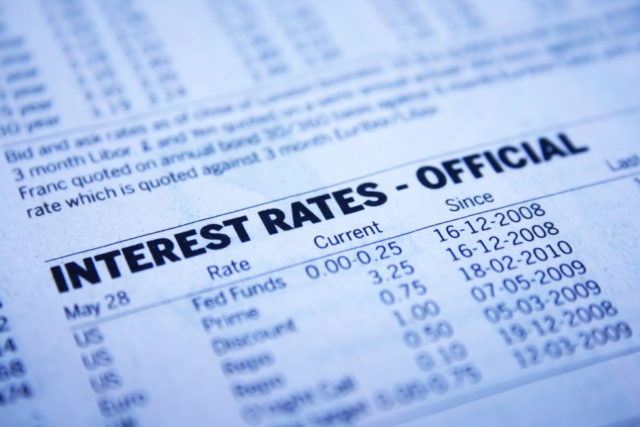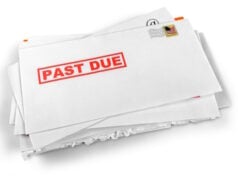
Borrowers may celebrate a Federal Reserve rate cut, but it just might put many retirees in a pinch.
The U.S. central bank on Wednesday reduced borrowing costs for the first time in more than a decade, and that doesn’t bode well for returns on the types of investments preferred by those who have left the workforce.
When rates go down, generally so do yields on fixed annuities, certificates of deposits and savings accounts. Long-term care premiums and pensions are also squeezed. Meanwhile, retirees are typically past the stage in their life where they’re thinking about making a big-ticket purchase, meaning they’re not the first in line to directly benefit from cheaper borrowing costs.
“A Federal Reserve rate cut can be both a good and bad thing, same as any rate increase,” says Jamie Hopkins, director of retirement research at Carson Group. “But when you look at retirees, they would really like to see rates come up. Lower and continued low interest rates make a lot of retirement income strategies harder to pull off effectively, today.”
Interest rates, however, are still at historic lows, and the Fed’s modest 25-basis-point rate cut only unwinds one of the nine consecutive hikes enacted since 2015. Still, for those in retirement or on the brink of it, the move is going to have a substantial effect on your wallet.
Here are seven ways the Fed’s rate cut could affect both you and your money — and what you should consider doing in response.
1. Rates on fixed annuities will likely fall
An annuity is a periodic payment to an individual in exchange for an initial, upfront lump sum. It typically lasts through the individual’s lifetime. There are multiple types of annuities, some are equity based and others offer a guaranteed minimum return.
Fixed annuities provide an interest rate that is set at the time of purchase, and payments stay the same over the course of its contract. Even though these annuities provide you with protection from interest-rate fluctuations, your rates would be lower if you were to lock them in now.
Interest rates, however, are already at historic lows, meaning the Fed’s latest move might not feel like much of a difference.
“You’ll see possibly a slightly lower payout,” Hopkins says. “At this point, rates have been so low for so long. A quarter of a percent cut or 25 basis points won’t change any of the annuity products out there.”
Other annuities might not be so sensitive to interest rate cuts. Variable annuities, for example, invest in sub-accounts of stocks, bonds and money market funds.
“You’re going to be picking a lot of market assets as your underlying portfolio and returns structure,” Hopkins says. “It’s not hugely impacted by interest rate cuts or hikes.”
Equity-indexed annuities, on the other hand, are a cross between fixed and variable.
Regardless, you might not see any kind of impact right away. It sometimes takes more than a year, if not more, for annuity rates to reflect that reduction, according to Jeff Levine, CPA and CEO of BluePrint Wealth Alliance.
“They tend to lag a little bit behind the rate cuts,” Levine says. “They’re sensitive to those changes, but not to the same degree. If the Fed picks up one percent, you don’t see insurers’ portfolios pick up right away. It takes a number of years for rates to cycle through that portfolio.”
2. Yields on savings accounts, CDs generally fall
Retirees who are taking advantage of payouts from their high-yield savings accounts could soon see their yields reduced. Some banks have already started to slash yields in preparation for a rate cut, such as Marcus and Ally Bank.
Certificates of deposits (CDs) are also impacted by a Fed rate cut. Many retirees have historically chosen to keep a large percentage of their cash in CDs, an investment seen as a “safe” option. But in a lower rate environment, it might make those returns less attractive.
Many retirees “look at their parents and grandparents, who said, when I get to retirement, I’m going to park my money in safe things like CDs and earn an interest rate and be able to live off of that,” Levine says. “Clearly, today that’s not going to work.”
CD rates have been sliding in anticipation of a Fed rate cut. Still, rates are as high as 2.5 percent at online banks. Three-year CDs also offer higher returns than most other options on the market, currently at about 3 percent. Consider locking in your rates now, or laddering your portfolio.
“If you’re a retiree who is flipping CDs every 6 to 9 months, CD rates will change,” says Paul Schatz, president and chief investment officer of Heritage Capital. “But they pretty much get priced in as the market prices in a rate cut.”












